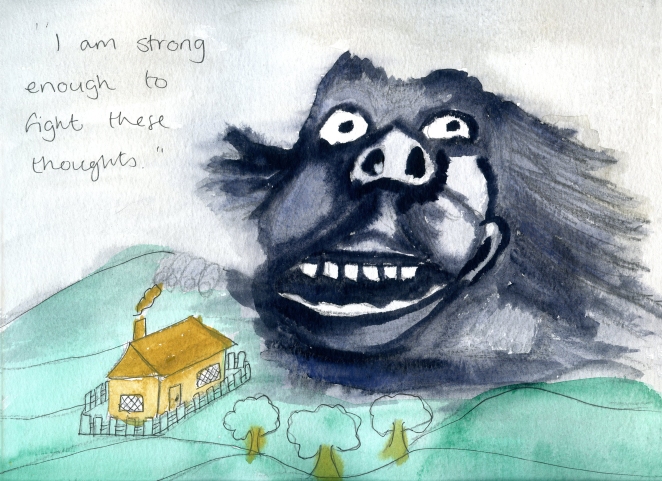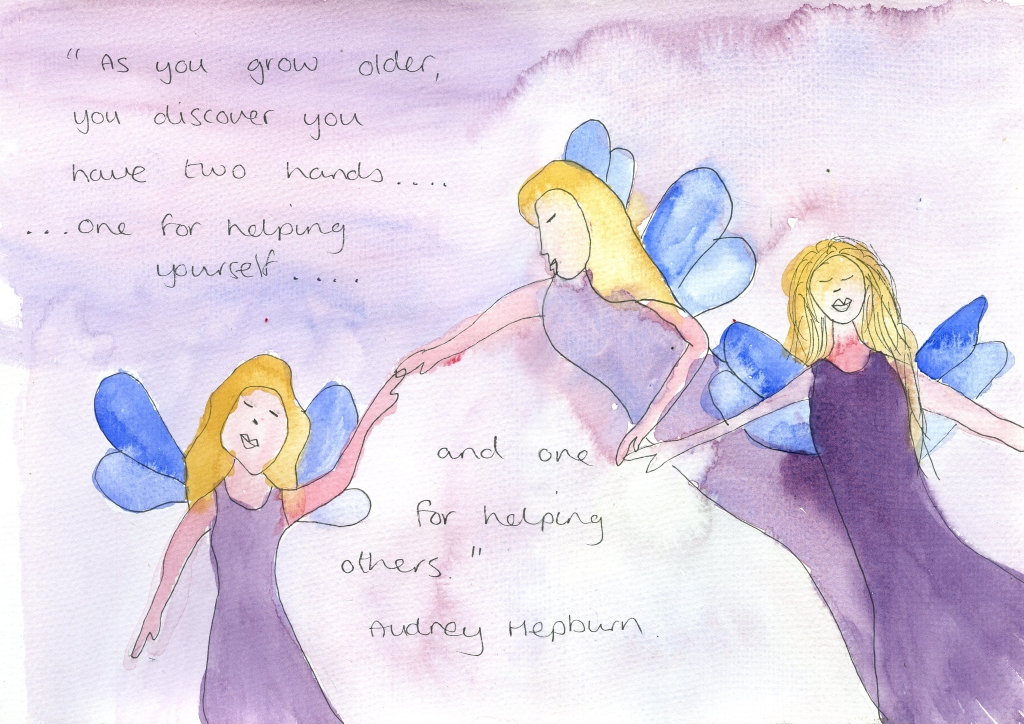In pursuit of well being and returning to normal, recovery is an accepted word that get’s used to determine how well someone might be doing on their journey of rehabilitation, but what of a person who might have been given the diagnosis of a life long condition? They may feel they have been handed a life sentence and at one time this might have been the case but today, with a more widely accepted holistic approach, we can begin to understand our journey of rehabilitation as an ongoing process. Learning to live with disability is much easier now than before.
Conventionally, a recovery may incorporate the use of services such as psychiatric therapy, drugs and medication, day care or hospitalization, counselling services such as nurses and occupational therapists, drugs such as lithium or electroconvulsive therapy, in order to lead rewarding lives.
However more recent studies have shown the use of art in therapy as a means to recovery to be equally as important. The various branches of creative activity, such as painting, music, literature, and dance serve as a conduit for expression of those parts of the self which may not have been expressed in any other way.
Art can be used as a powerful healing tool to explore deep emotions – the sorrows, the struggles, and joys. It has the ability to transform us by awakening parts of ourselves to recover and heal from earlier traumatic memories. Through artwork, people can develop their own personal vocabularies for a fuller identity.
Persons who are creating with the arts have things in common to talk about; they can meet over a cup of coffee, critique each other’s work, discuss reviews of professional artists and writers, and attend performances together. The inspiration that can be derived from other people’s performances and works can lead to the development of their own art. For example, performances by local musicians who are sensitive and expressive may serve as inspiration for their own song or poem.
Networking between artists has led to the formation of consumer arts organizations and programs, including creative arts drop-in centers. These programs offer opportunities for artists’ work to be showcased and sold, which provides some artists with extra income. Such organizations attract artists working in a variety of media, including photography, painting, crafts, poetry and performance art. Some cities have theater groups that meet regularly under the guidance of a professional teacher who, with a group of consumers, develop skits that are both informative and hilariously funny. The material is designed for presentation to a wide audience to provoke thought and understanding and to reduce stigma.
Art and creativity can be used by anyone – that is what is so exciting. It does not require being taught or require a therapist to help one be creative. Some may want to be observers or dabble in a “fun” experience. Art for some may be writing a journal, creating a garden, or making a recipe. Others may take photographs of something that is particularly inspiring to them, or draw cartoons. Some artists may want to perfect their art – to “plumb the depths” so to speak – which takes practice and “doing.” There is a place for everyone.
Here are some of the ways to get started: * Have a private place and time to work. * Write or draw in a journal. * Set up a time to write each day. * Got to cafes and write and draw. * Get tickets to performances. * Set up a talent show or “open mike.” * Use the library as a resource. * Read favorite authors. * Go to art exhibits. * Go to a disco to dance. Go early. Sharing of your art, whether poem, painting or song, can be used to create a new understanding of a culture. Art shows can be developed around a theme such as recovery, with each person’s art being valued as an expression of their path. What you have is a “tossed salad” or a “stew”. The result is not a standard prescription but a sharing: interpretations of personal beliefs and experiences creating a message of recovery.

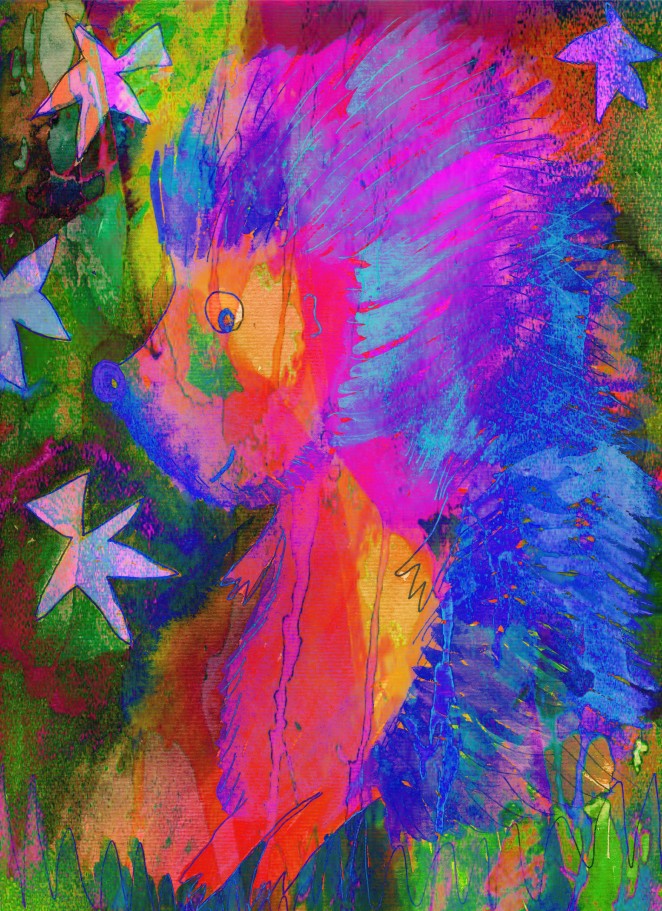
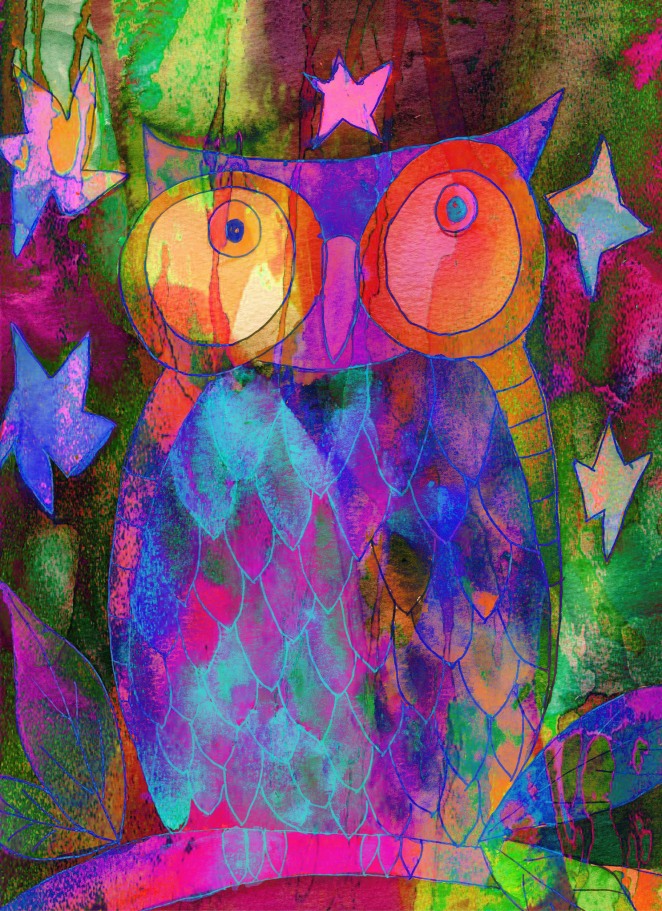

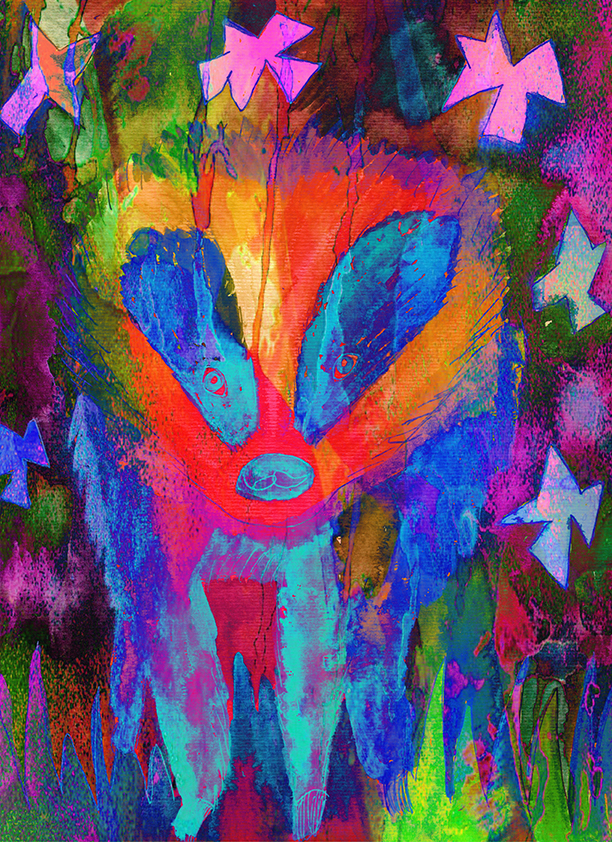
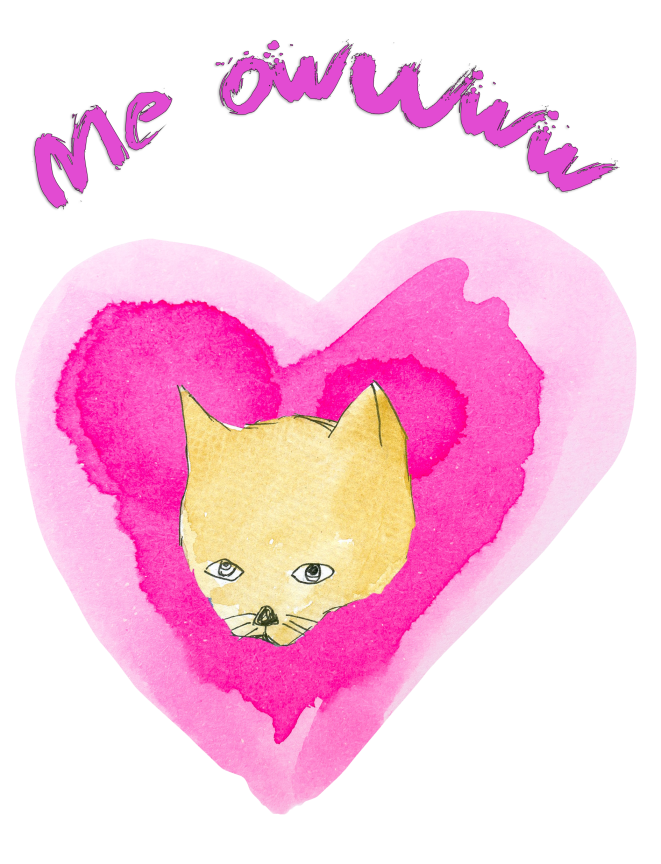 Prior to this patients were shunned and locked up away from communities with abhorrent treatment “experiments” carried out on them. Thankfully the sanatoriums have been shut and people integrated back into the community successfully.
Prior to this patients were shunned and locked up away from communities with abhorrent treatment “experiments” carried out on them. Thankfully the sanatoriums have been shut and people integrated back into the community successfully.
